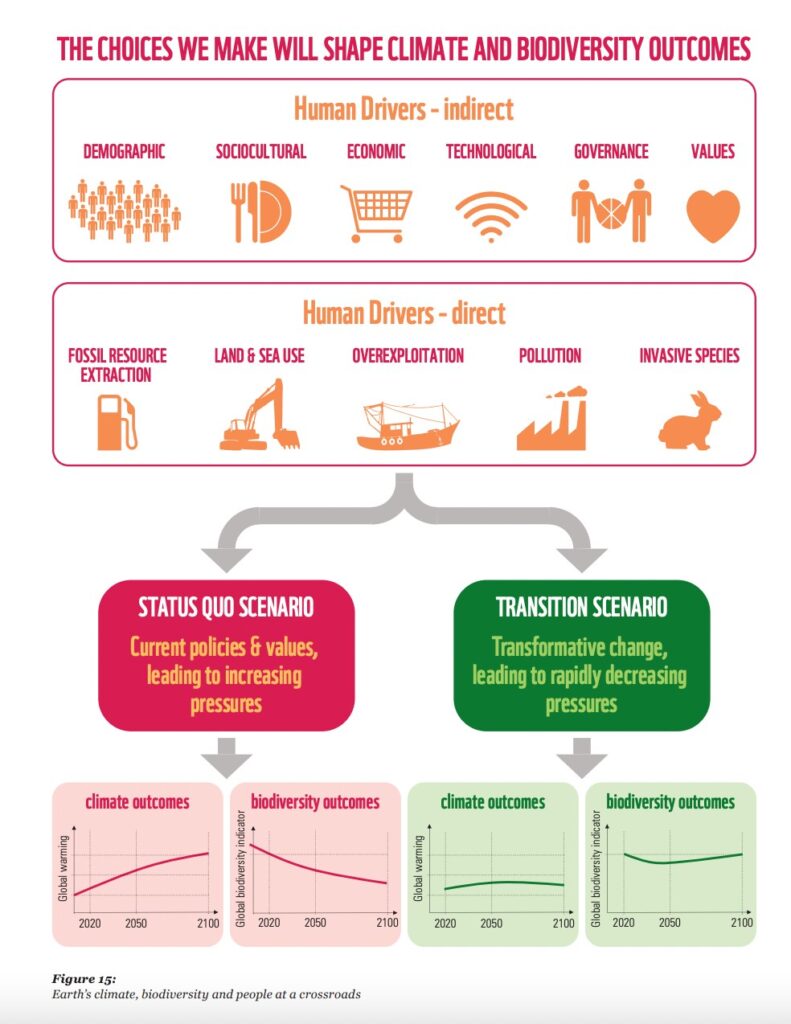Vertebrate species have been dying out at a dramatic rate for 50 years. The causes are essentially human, and the solutions must be on the scale of the entire system of production and consumption.
Mammals, birds, fish, reptiles, amphibians: 69% of vertebrates disappeared between 1970 and 2018 (out of a total of 32,000 species monitored in this analysis). It’s'” red alert for the planet launched by WWF’s new 2022 Living Planet report. ” The staggering rate of this decline is a serious warning: the rich biodiversity that sustains all life on our planet is in crisis, putting all species at risk, including us. “, says the NGO.
The phenomenon, in itself, is already known. It even has a name: the sixth extinction. In the history of the planet, five mass extinctions of species have already taken place. The specificity of this sixth is to be found in mostly human causes.
You can also discover our podcast Numerama, carried by science popularizer Marie Treibert, dedicated to the 6th extinction. The first episode is available on all listening platforms: discover the kakapo, a strange bird that is very difficult to save from extinction.
Where do species extinctions take place?
All regions of the world are concerned. However, the distribution is uneven. The decline among vertebrates is:
- 20% in North America
- 94% in Latin America (where the Amazon is located)
- 66% in Africa
- 18% in Europe and Central Asia
- 55% in Asia and the Pacific
What are the causes of the extinction of vertebrate animals?
On the Living Planet report website, 5 main causes are identified for the extinction phenomenon affecting vertebrates:
- Land use change : “ The main driver of biodiversity loss is how people use the land and sea. How we grow food, how we harvest materials such as wood or minerals from the bottom of the ocean, and how we build our cities, has an impact on the natural environment and the biodiversity that lives there. »
- Overexploitation of plants and animals : “ Overfishing is practiced on such a scale that nearly a third of all monitored global fish stocks are now overfished. If we continue at this rate, it will be a disaster for marine ecosystems as well as for the more than three billion people around the world who depend on fish as their main source of protein. »
- Climate change and its impact on the environment: ” Some species are disappearing, while others have to shift where they live due to changes in air temperature, weather patterns and sea levels. In addition to being a direct driver of biodiversity loss, climate change also aggravates other drivers. »
- Pollution, which affects all ecosystems, even the most remote : “ Pollution comes in many forms — from nitrogen and ammonia, caused by intensive agriculture, to microplastics found in the deepest parts of the ocean. Pollution hotspots are greatest in Europe, where they pose a threat to amphibians, mammals and land birds. »
- Movements of species: “ Invasive non-endemic species are those that arrive in places where they did not previously live and compete with local biodiversity for resources such as sunlight and water. This leads to the disappearance of native species, which changes the composition of the natural ecosystem. »
What solutions does the WWF offer?
WWF emphasizes the importance of nature-based solutions themselves. It would take, according to the NGO, changes on a global scale in production and consumption systems.

As seen in the WWF infographic above, transition choices can turn the tide. This would make it possible to move from a free fall of species to their maintenance – and even to a possible “restoration” by 2050. This restoration does not mean that extinct species will return, of course, but rather that the dynamics of living (the richness of biodiversity) will potentially resume a positive dynamic.

